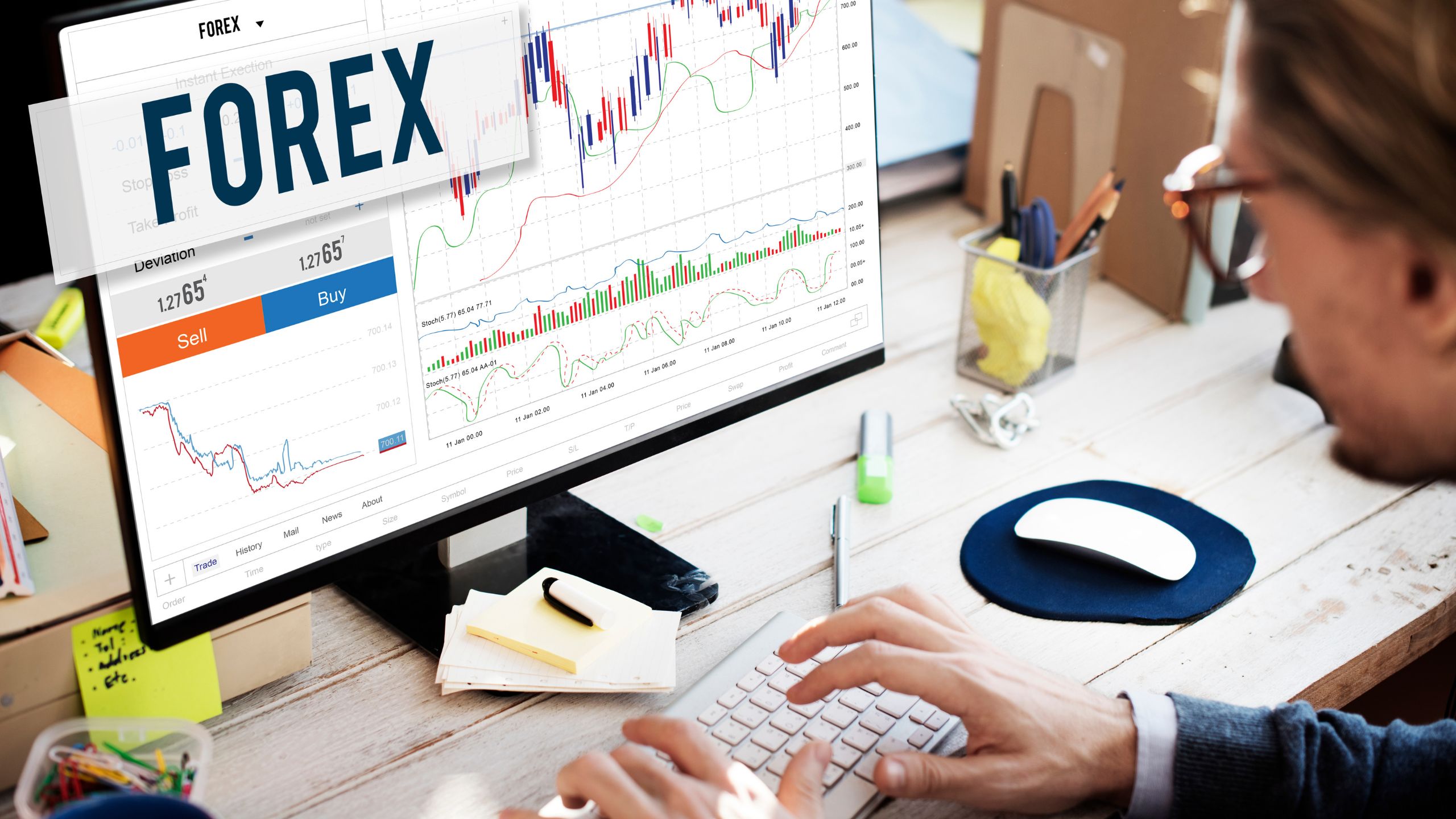Forex trading in layman’s terms means buying one currency and selling another currency with an objective of making a profit in the transaction. Forex has been coined from the words ‘foreign’ and ‘exchange’. All forex trading is done electronically over the counter.
What are Forex markets?
Currencies are traded in forex market. The trading is done electronically over the counter across different locations worldwide. Forex market does not have a physical location. The market is open 24 hours a day and five days a week except for holidays. Forex trading is done across all the major financial centres in the world – New York, London, Frankfurt, Hong Kong, Singapore and Tokyo and in almost all time zones. Forex markets in some part of the world are always open for business. When the trading day ends in New York, the next trading day has already begun in Tokyo and Hong Kong.
Currency pairs
Currencies that are being traded are generally listed in pairs, like USD/JPY, USD/GBP, USD/INR, USD/EUR. The currencies would also have a rate tagged to them. For example, USD/INR 83.12 – means to buy 1 USD you need to spend 83.12 INR. USD/GBP 0.79429 – means to buy 1 USD you need to spen 0.79429 GBP.
Forex lots
Currencies are traded in lots in forex market. There are three types of lots – micro, mini and standard lot. A micro lot is 1,000 units of a currency. A mini lot is 10,000 units and a standard lot is 100,000 units of a currency.
Pips & Pippette
A ‘pip’ is the smallest fluctuation in the exchange rate between two currencies. As most currency pairs are quoted to 4 decimal places, a pip is equal to 0.0001. For currency pairs involving the Japanese Yen (JPY), one pip is equal to 0.01 as the JPY is quoted to 2 decimal places. To understand this better, lets look at an example. The opening rate for USD/GBP was 0.7942. After a few hours the rate for USD/GBP was 0.7944. Here the USD/GBP rate moved by 2 pips. Similarly, a ‘pippette’ is used to measure the movement in the fifth decimal place of a currency pair rate.
Type of forex trades
There are three type of forex trades in a forex market – spot, forwards and futures.
Spot trade – A spot trade is where the currency is bought or sold at it’s trading price. In this transaction, the buyer transfers the funds to the seller and receives the foreign currency at the agreed upon exchange rate value. Spot trades are settled in cash and normally take T+2 days to settle.
Forwards – A forward is a private agreement between two parties to buy a currency at a future date and at a predetermined price. The terms of the agreement are decided by the two parties in the transaction.
Futures – A futures contract is a standardized agreement between two parties to take delivery of a currency at a future date and a predetermined price. Futures are trade on exchanges and settled daily. The exchange acts as a counterparty to the trader, providing clearance and settlement services.
Forex for hedge and speculation – One can hedge currency risk by locking an exchange rate using a forex swap. Alternatively, traders engage in speculative forex trading to simply make a profit from the daily currency movements.
The major participants in the forex markets are banks, multinational corporations and hedge funds. In the recent times retail/individual traders have also started trading in Forex after the availability of Forex trading platforms on the Internet. As per the Bank of International Settlements, the daily volume for global forex trading reached $7.5 trillion a day in April 2022. Forex trading is risky, complex and requires swift decision making as the exchange rates move very fast. Retail/individual traders should be careful while indulging in forex trading.
Image credits: Image by rawpixel.com on Freepik



